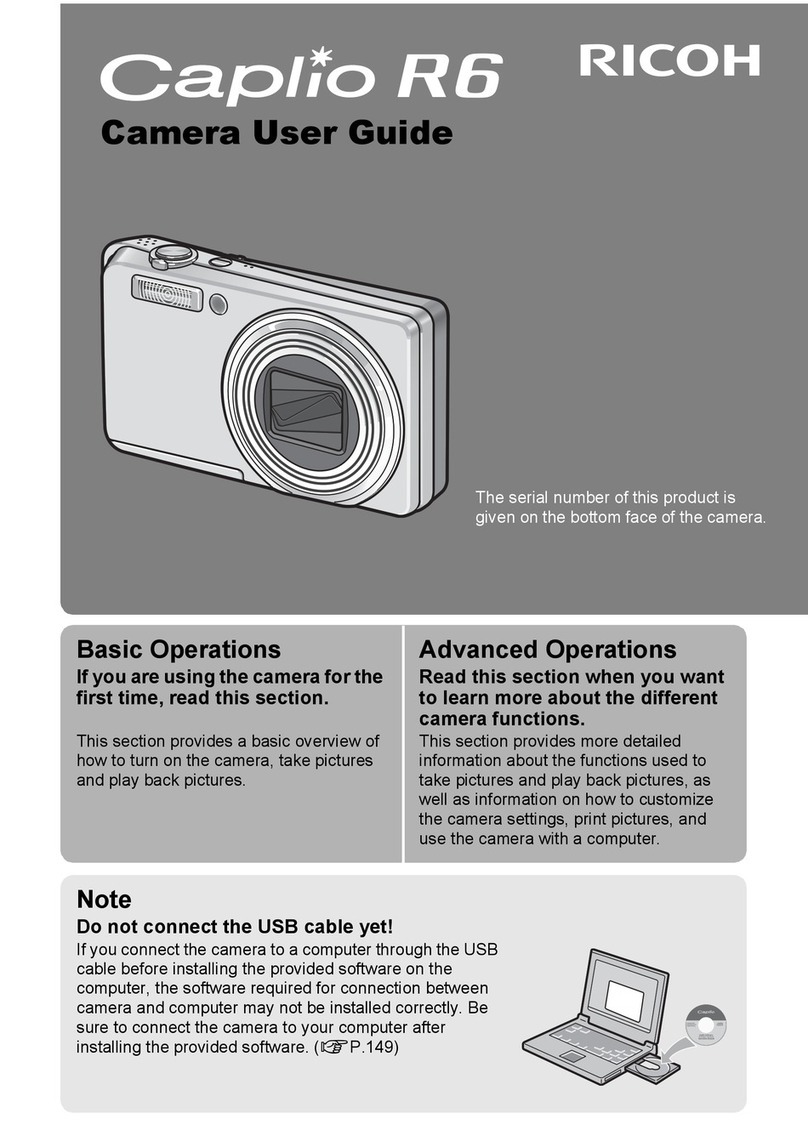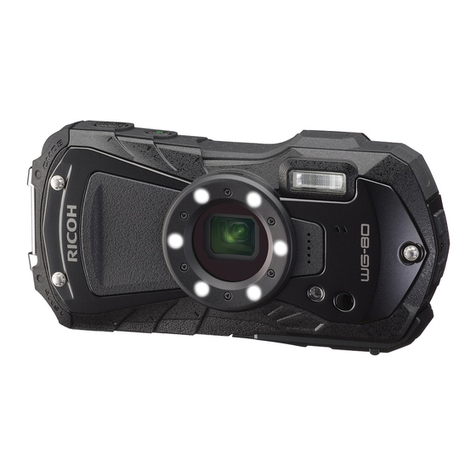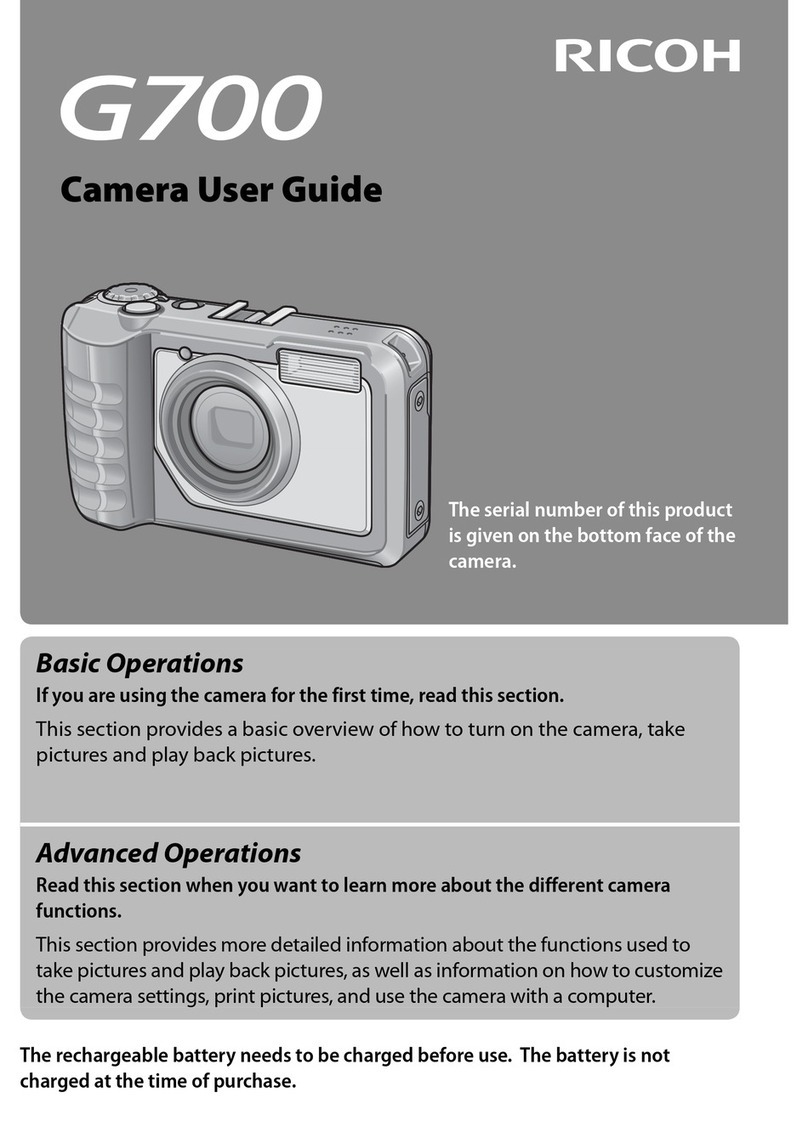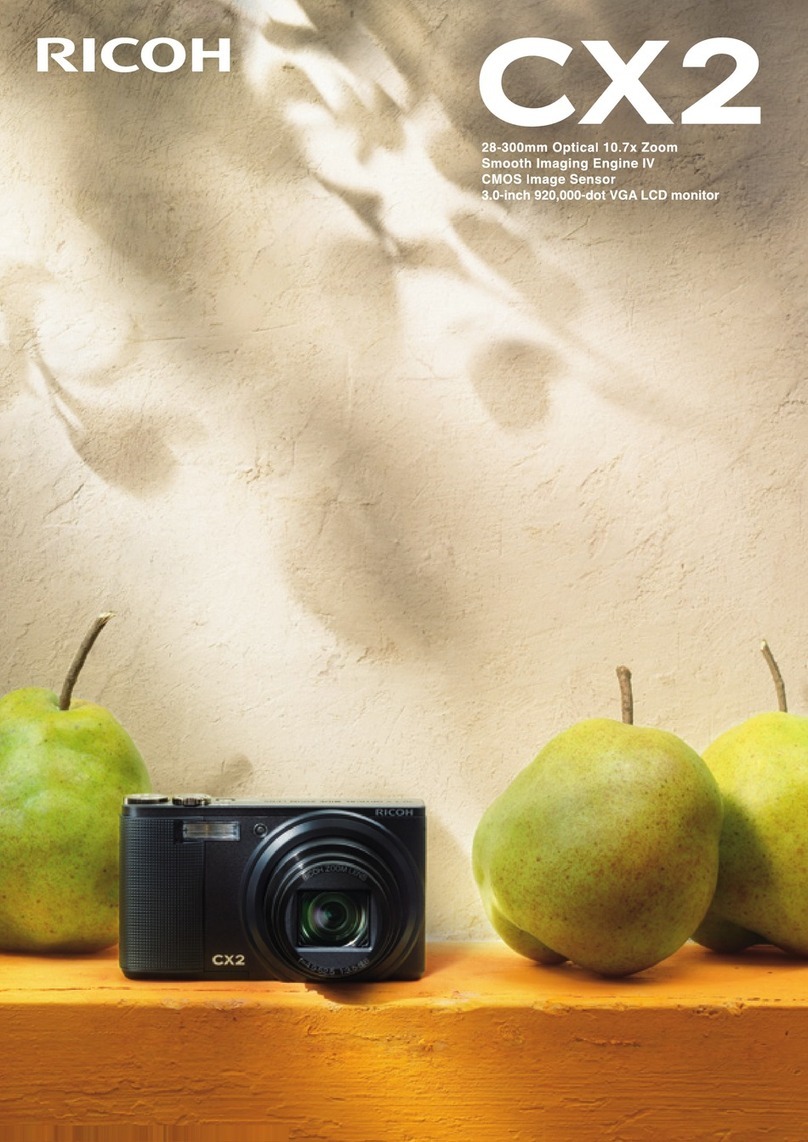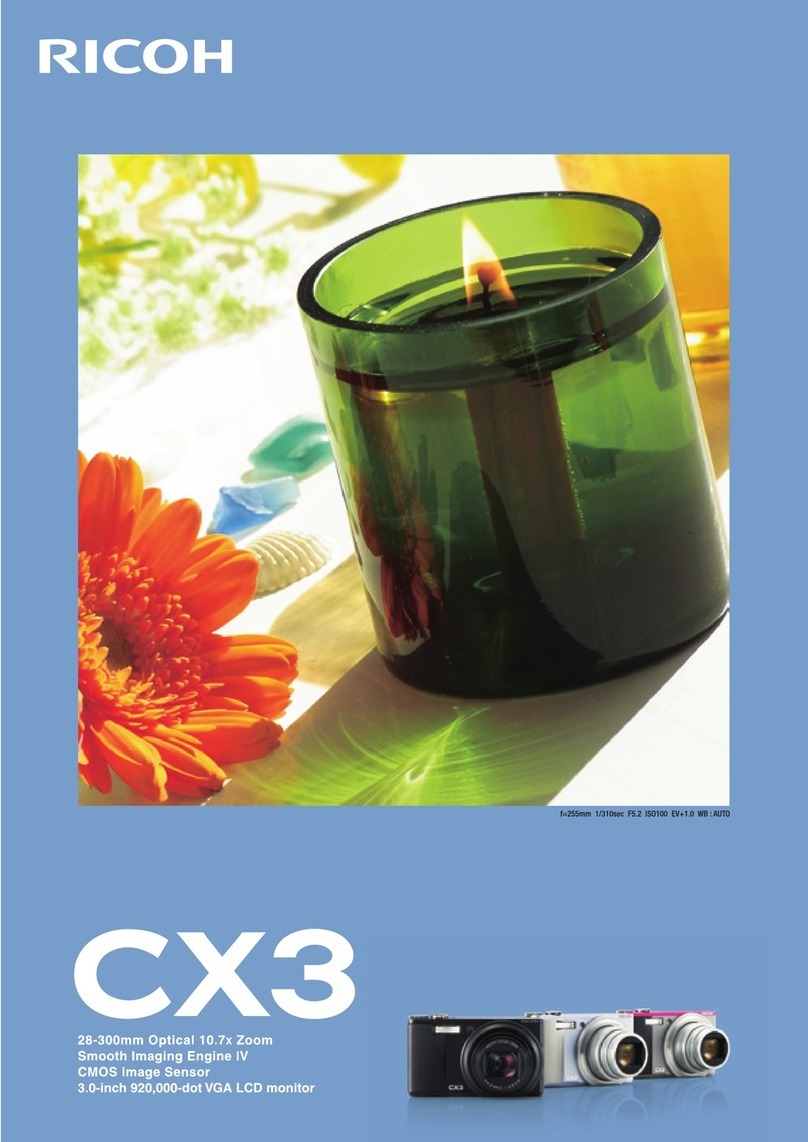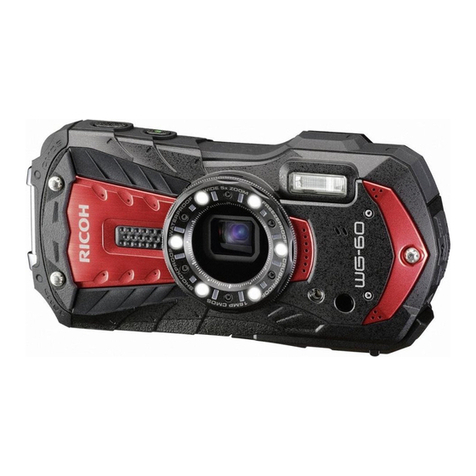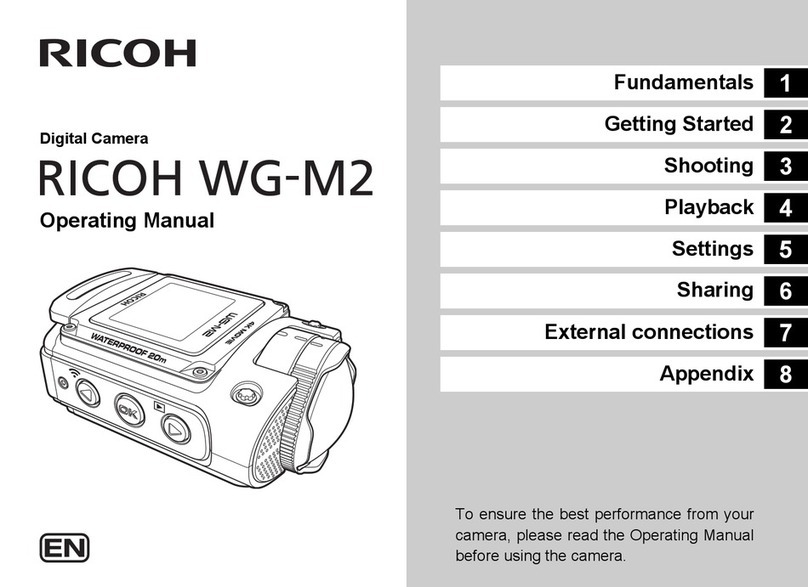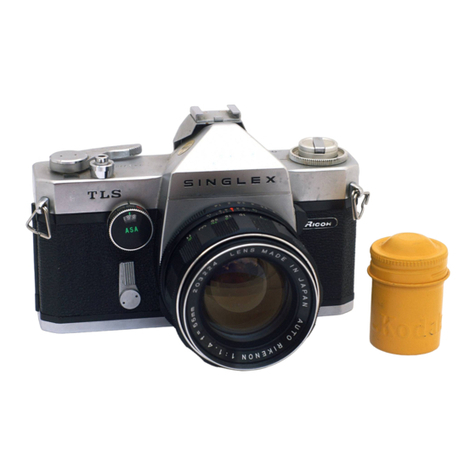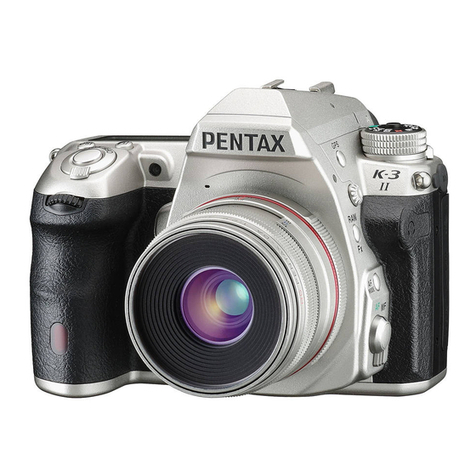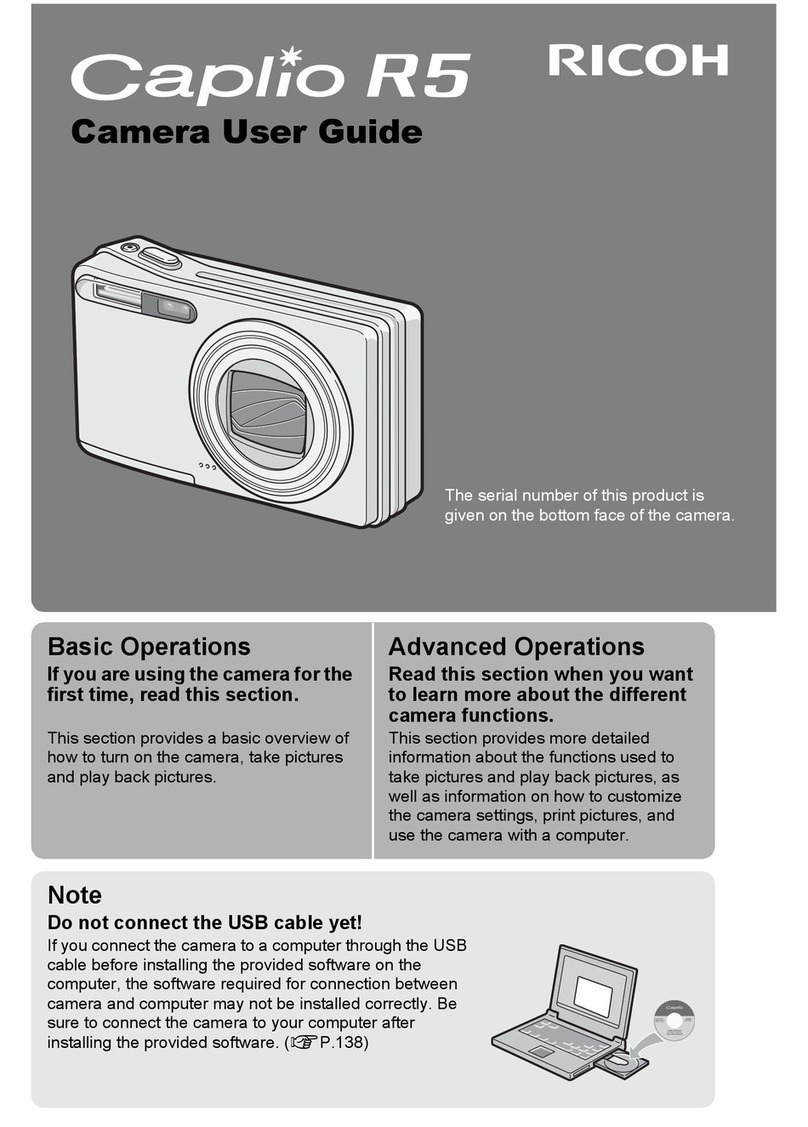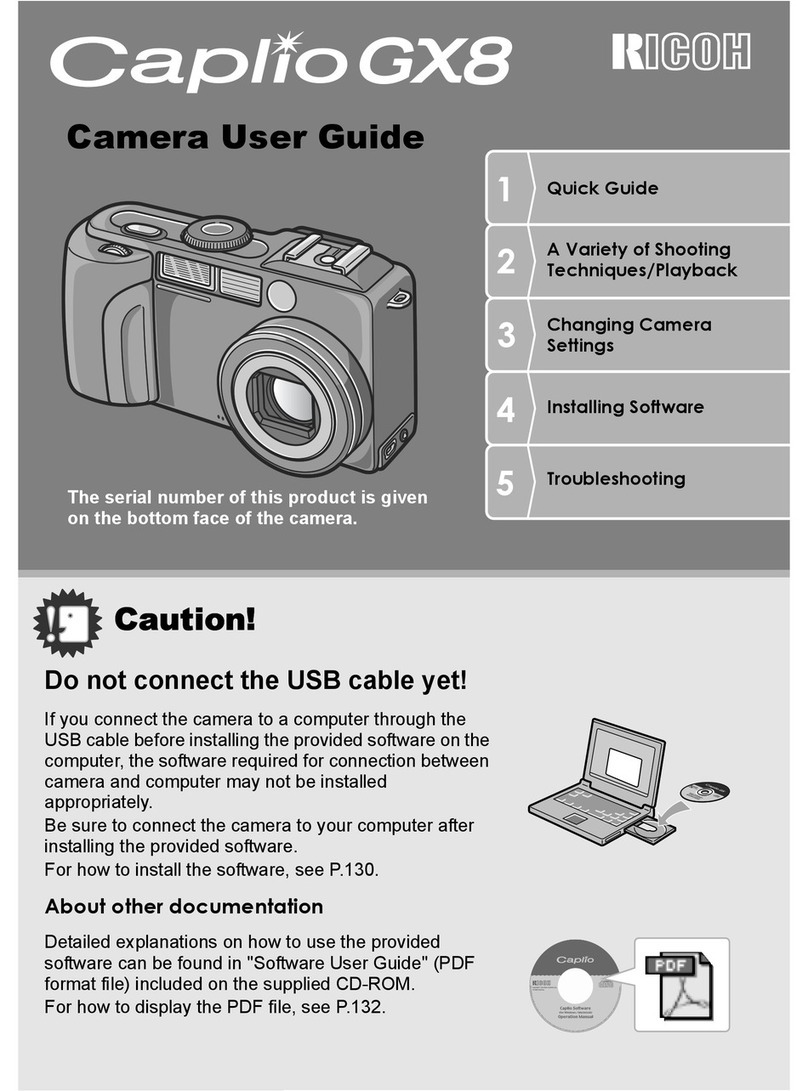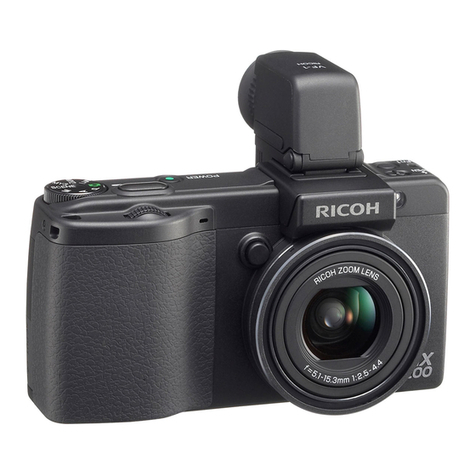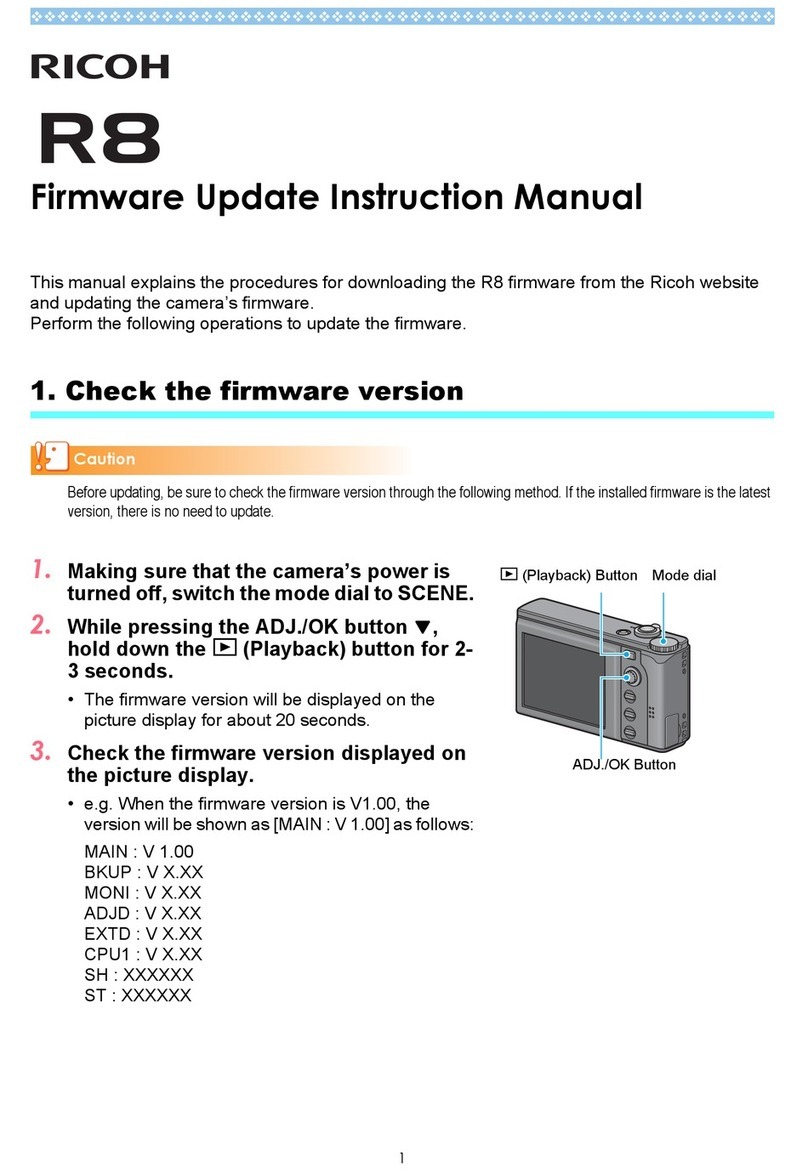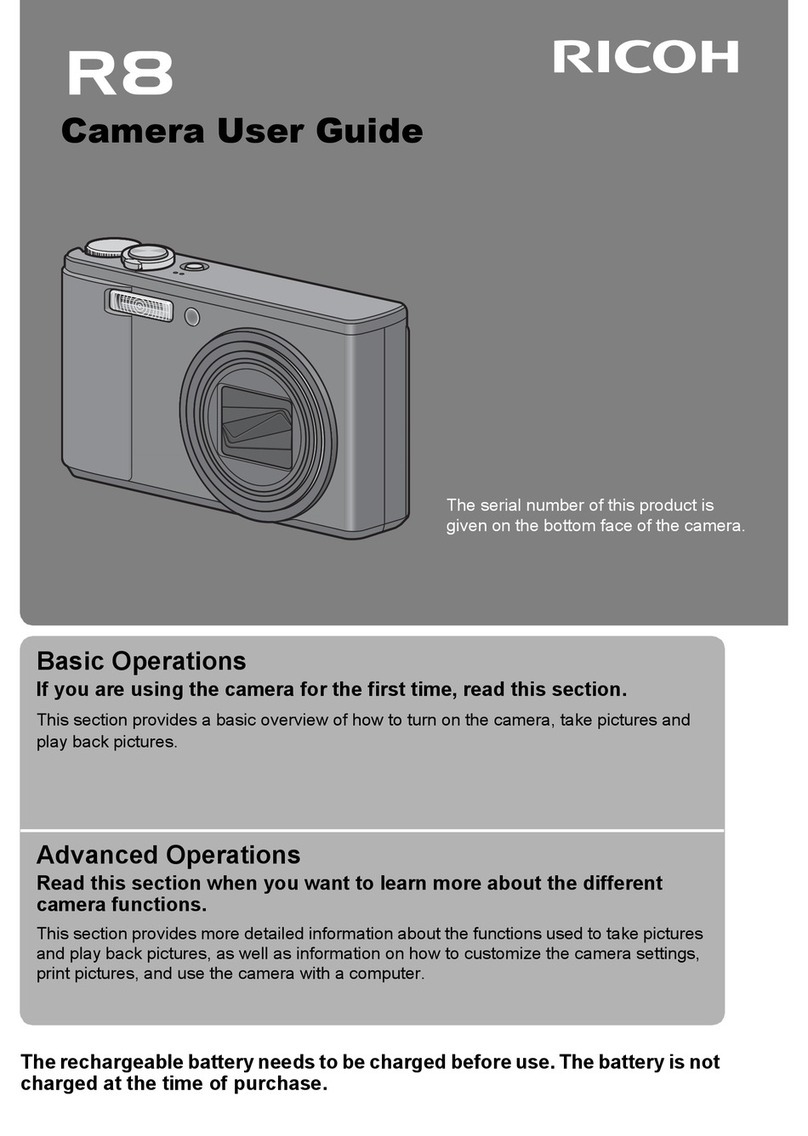
SETTING THE SHUTTER
Simply turn Shutter Speed Dial (B) until the desired shutter speed number is set opposite the white marker
(Fig. 12). Make sure the Dial is set at a click stop. Do not set
Shutter Speed Dial (B) in between two shutter speeds. Always set it
at a click stop. The shutter speed setting governs the amount of time
the film is exposed to light. "60" (1/60 sec.) is recommended for
subjects not in motion. Where motion exists, shutter speeds ranging
from 1/125 to 1/500 should be used.
To achieve maximum depth of field (area of sharpness in front of and behind subject), or when shooting in
poorly lit areas, 1/30 and B (bulb) are available. When using "B" (bulb), use a tripod or other firm support to
prevent blurring of the picture. When set at "B" the shutter will remain open as long as Shutter Release Button
(D) is depressed. The "B" setting is ideal for long night exposure using street lights or electric signs as a light
source, or under poor light conditions when flash cannot be used.
· Do not turn Shutter Speed Dial (B) with Shutter Release Button (D) pressed.
· Do not depress Shutter Release Button (D) with Film-Advance Lever (C) not completely advanced.
· Do not wind Film-Advance Lever (C) while pressing Shutter Release Button (D).
SETTING THE LENS
Rotate F-stop Ring (I) until the desired f-stop number is opposite the red marker
(Fig. 13). Click stops are
provided to prevent accidental
movement from setting made.
The lens opening determines
the amount of light entering the
lens and striking and exposing
the film. The smaller the f-stop
number (f2.0, f2.8 etc.) the
wider the lens opening and the
greater the amount of light
entering the lens.
